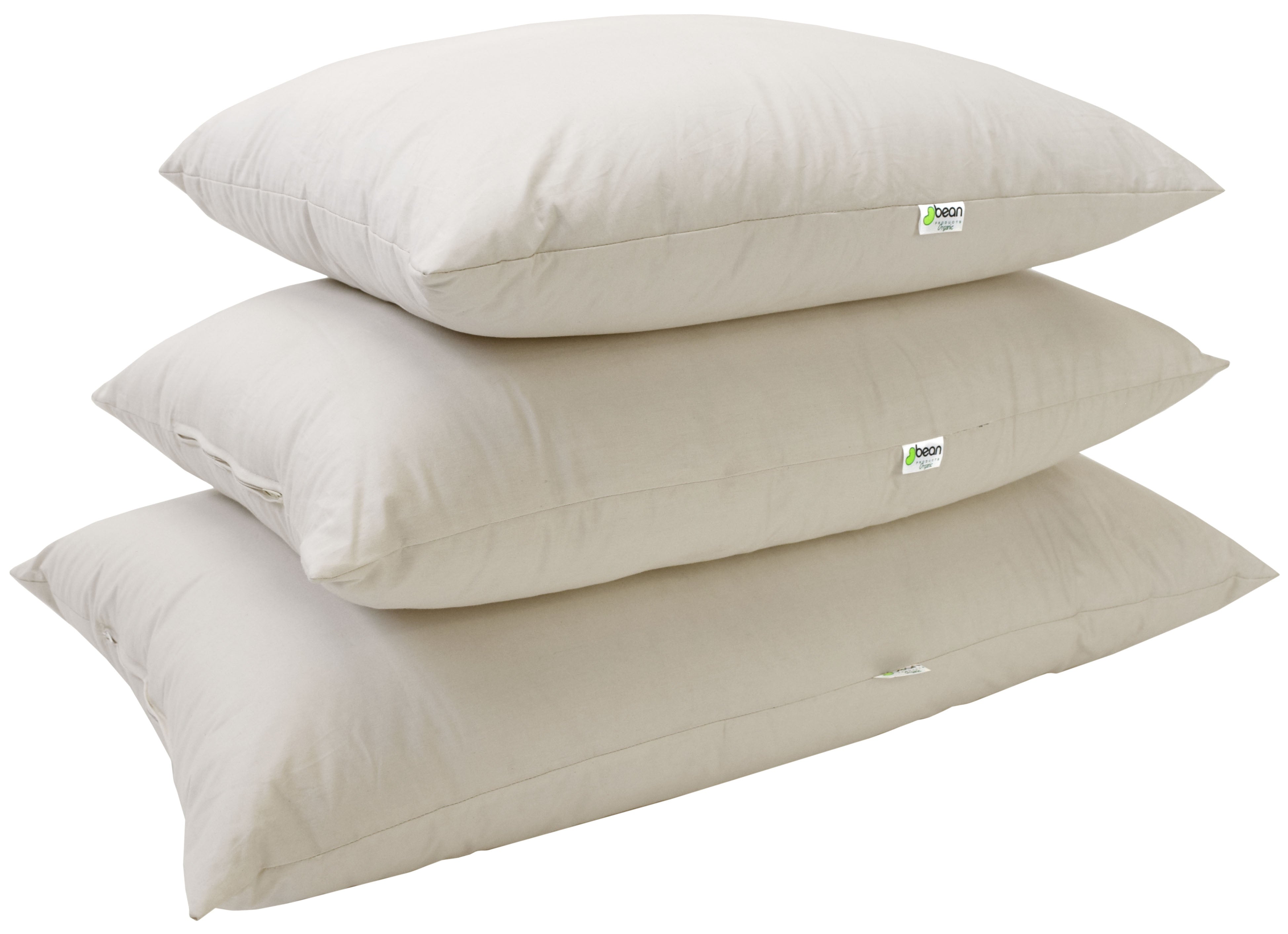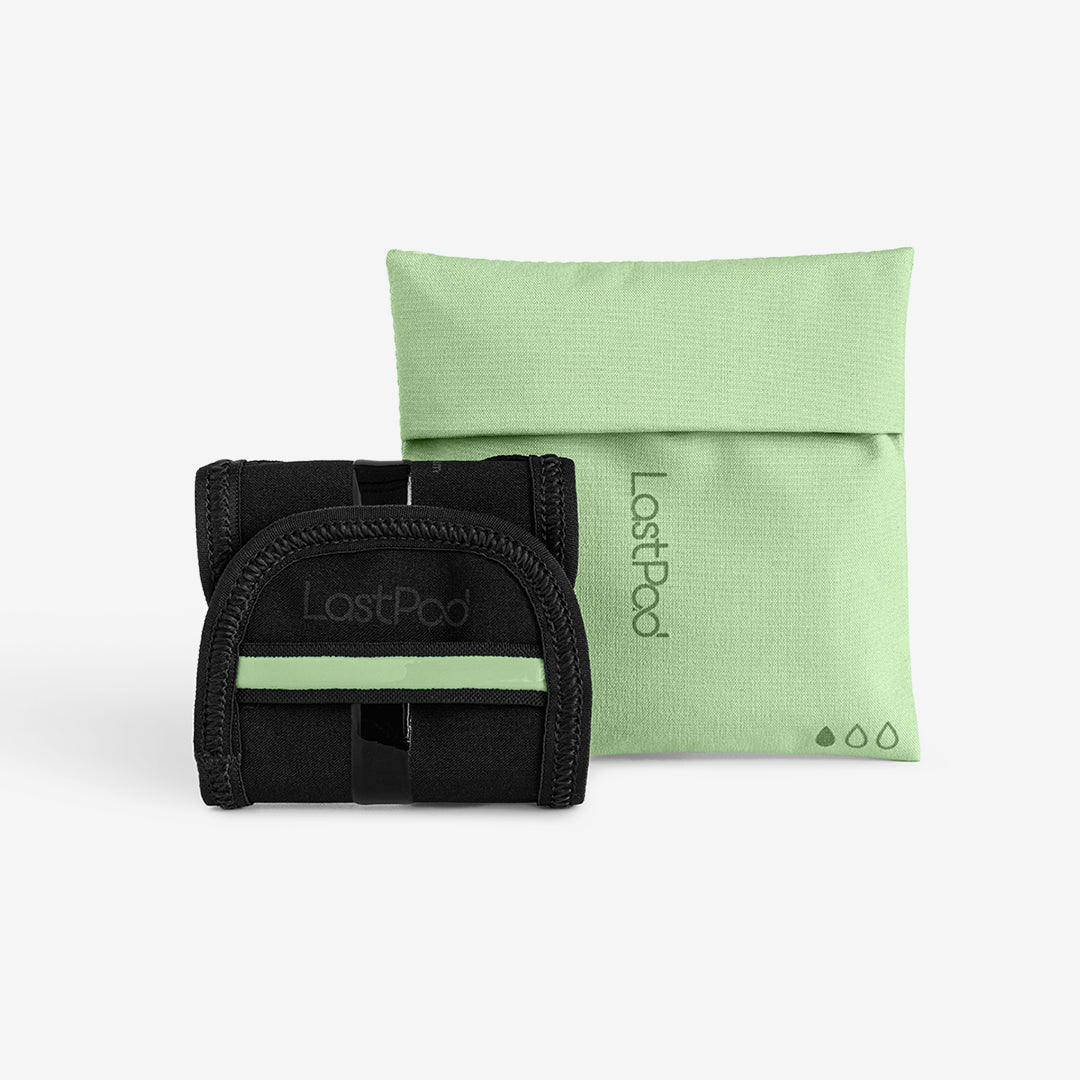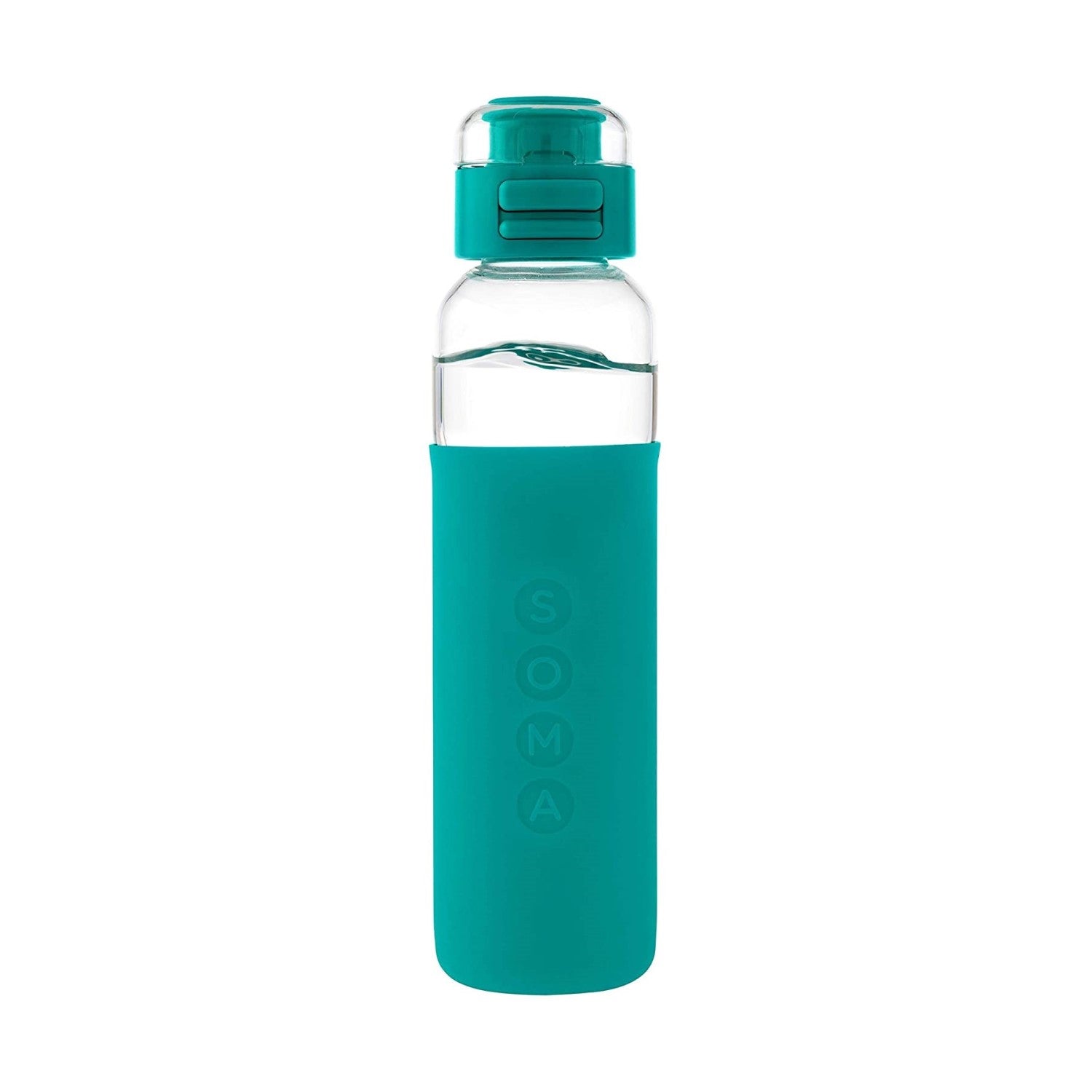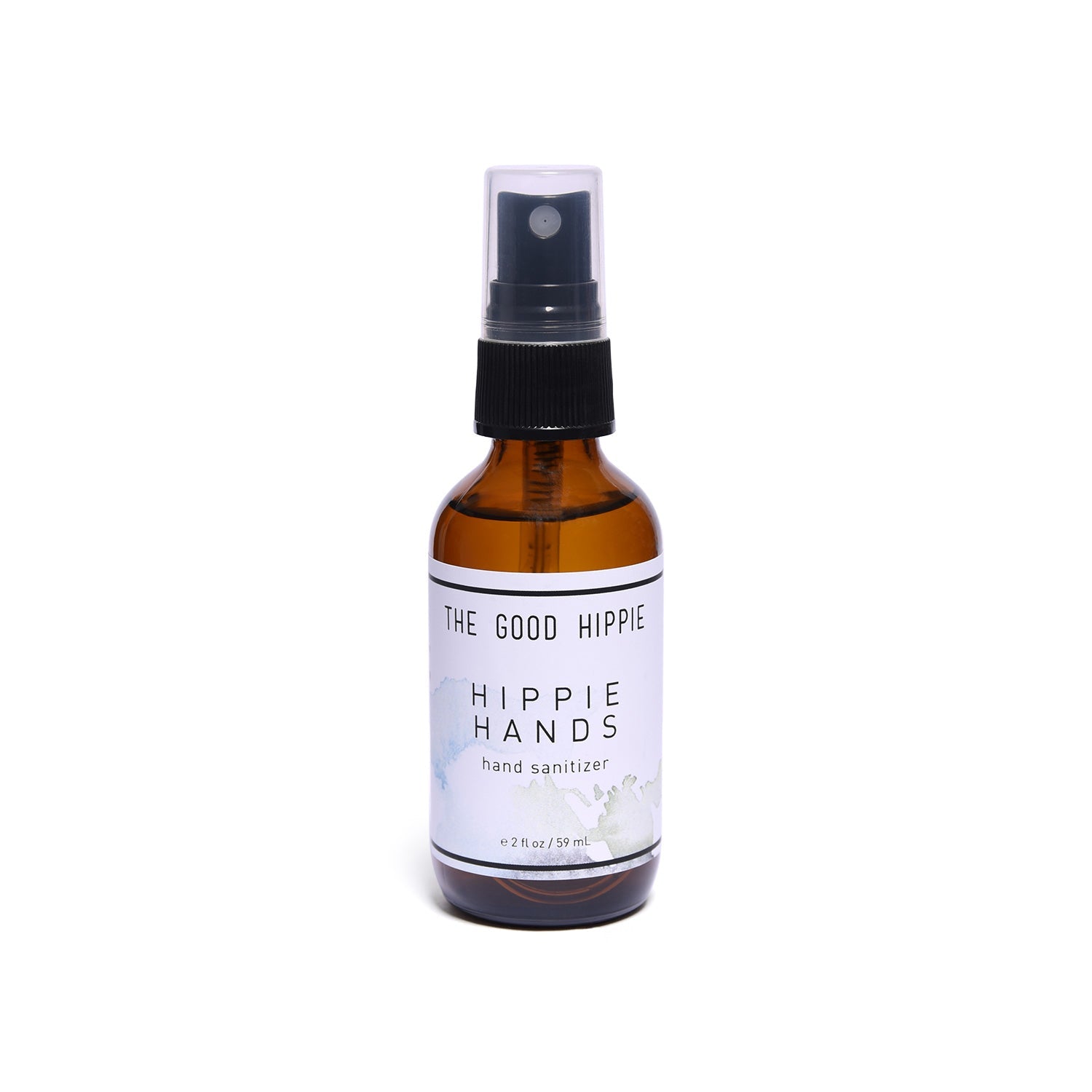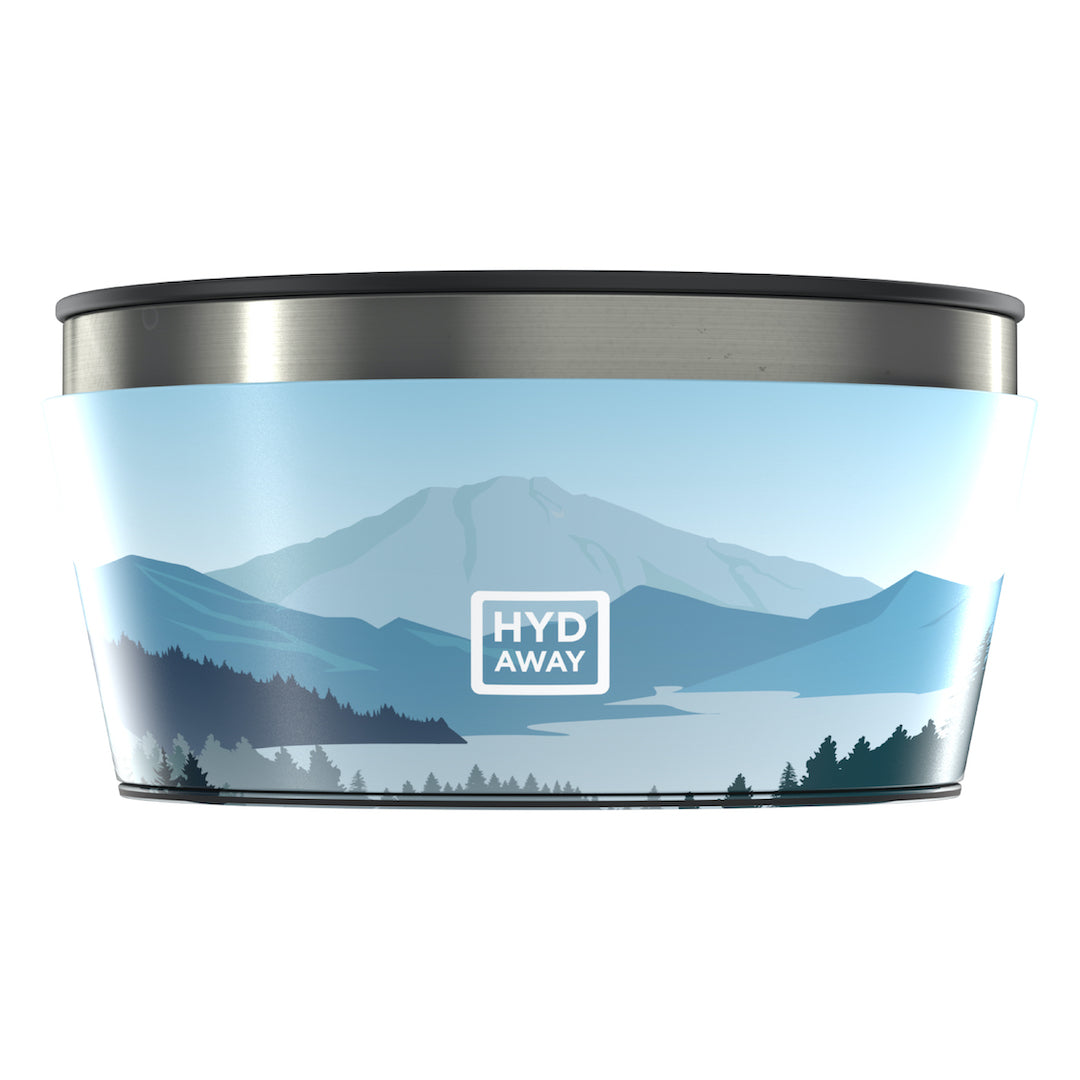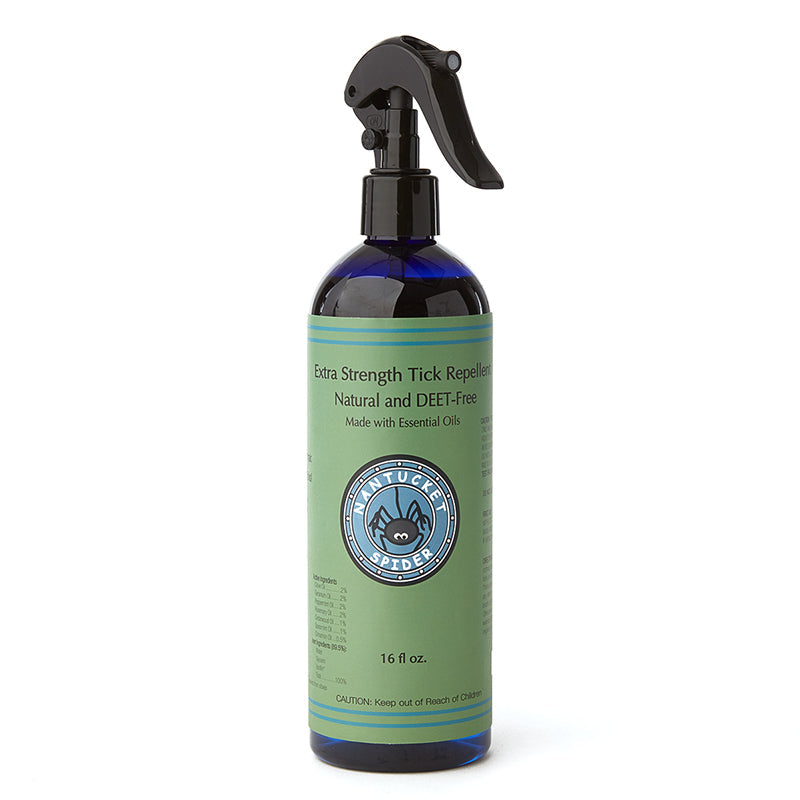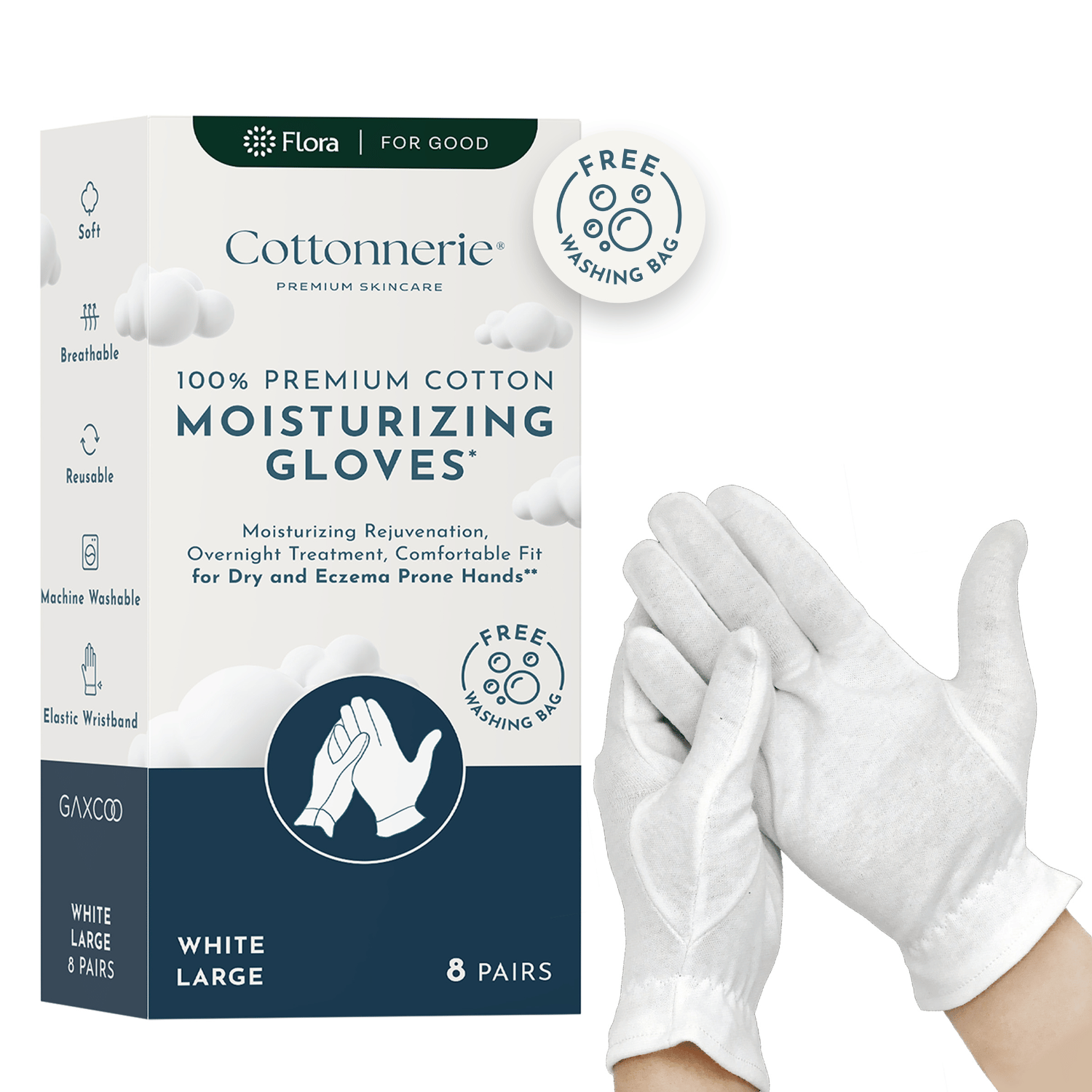Sustainable Living
5 Must-Have Pieces for Your Eco-Friendly Wardrobe
October 10, 2024
Yarkın Tepe
5 min

The fashion industry is one of the world's largest polluters, from excessive water usage to chemical pollution and waste generation. However, the rise of eco-friendly fashion is changing the narrative, offering sustainable alternatives that reduce environmental impact and promote ethical practices. Here, we explore the significance of building a wardrobe that not only looks good but also benefits the planet.
Understanding Eco-Friendly Fashion
Eco-friendly fashion, often synonymous with sustainable fashion, green clothing, or ethical fashion, focuses on reducing the environmental footprint of clothing production. It emphasizes:
-
The use of environmentally friendly fabrics like organic cotton, bamboo, and recycled materials.
-
Ethical labor practices, ensuring that workers in the fashion industry are treated fairly and work in safe conditions.
-
Longevity and quality, encouraging consumers to invest in pieces that last longer and reduce waste.
Why Choose an Eco-Friendly Wardrobe?
Opting for an eco-friendly wardrobe has several benefits:
-
Reduced Environmental Impact: Sustainable garments minimize waste and pollution, contributing less to landfill and toxic emissions.
-
Support for Ethical Practices: By choosing sustainable brands, consumers support fair wages and better working conditions in the fashion industry.
-
Health Benefits: Eco-friendly materials often undergo less chemical treatment, reducing the risk of allergies and skin irritations.
Transitioning to Sustainable Fashion
Building an eco-friendly wardrobe doesn't happen overnight. It involves making conscious choices one piece at a time. Consumers can start by:
-
Educating themselves about the materials and brands that align with sustainable practices. Websites like Global Organic Textile Standard provide valuable information on organic certifications.
-
Supporting initiatives that promote transparency and responsibility in fashion. Engaging with platforms like Fashion Revolution can deepen understanding and commitment.
-
Learning to care for garments to extend their lifespan, thus reducing the need for frequent replacements. Tips and tricks can be found on our blog post, “Polyester: The Bad Guy of the Fashion Industry”.
In conclusion, embracing an eco-friendly wardrobe is a significant step towards a more sustainable lifestyle. While it requires a shift in mindset and shopping habits, the environmental, ethical, and health benefits far outweigh the initial challenges. Stay tuned for more insights in this article on how to curate essential pieces that are both stylish and sustainable.
The Essential Pieces for an Eco-Friendly Wardrobe
Building an eco-friendly wardrobe requires careful consideration of materials, production processes, and longevity. Here, we delve into five must-have pieces that are both sustainable and stylish, contributing to a greener planet and a more ethical fashion industry.
Section 1: Organic Cotton T-Shirts
Organic cotton is a staple of sustainable fashion due to its reduced environmental impact during cultivation and processing. Key points to consider include:
-
Benefits: Organic cotton uses less water and is free from toxic chemicals, making it safer for the environment and farmers.
-
Styling Tips: Pair a classic organic cotton tee with upcycled denim or a bamboo skirt for a casual, conscious outfit.
-
Care Tips: Wash in cold water and air dry to preserve the fabric and minimize energy consumption.
Section 2: Recycled or Upcycled Denim
Denim is a versatile and enduring material, but traditional denim production is resource-intensive. Recycled or upcycled denim offers a sustainable alternative:
-
Environmental Benefits: Reduces waste and uses less water and chemicals than virgin denim.
-
Choosing the Right Fit: Look for brands that offer transparency about their sourcing and production practices.
-
Style Guide: A well-fitting pair of recycled jeans can be the cornerstone of any eco-wardrobe.
Section 3: Sustainable Footwear
Footwear production can be harmful due to toxic adhesives and materials. Sustainable footwear uses innovative materials and ethical practices:
-
Materials: Options like cork, recycled rubber, and plant-based leathers reduce environmental footprints.
-
Selection Criteria: Check for durability, comfort, and the use of non-toxic dyes.
-
Brands to Consider: Research brands that prioritize sustainability as well as style.
Section 4: Eco-Friendly Outerwear
Outerwear such as jackets and coats can also be eco-conscious:
-
Sustainable Materials: Look for recycled polyester, organic wool, and other sustainable fabrics.
-
Features: Thermal efficiency, water resistance, and breathability are key for comfort and longevity.
-
Seasonal Considerations: Invest in versatile pieces that can transition between seasons to reduce overall consumption.
Section 5: Accessories Made from Sustainable Materials
Accessories complete any outfit and can also be made sustainably:
-
Materials Overview: Hemp, bamboo, and recycled metals are excellent choices.
-
Examples: Belts, bags, and jewelry made from sustainable materials can elevate any look.
-
Styling Tips: Choose pieces that are timeless to avoid the need for frequent replacement.
Building and Caring for Your Eco-Friendly Wardrobe
Building a wardrobe with these eco-friendly staples involves more than just purchasing; it's about adopting a sustainable lifestyle. Consider these tips:
-
Gradual Transition: Integrate sustainable pieces slowly, replacing items as needed rather than all at once.
-
Care Practices: Proper care can extend the life of your garments significantly. Learn more about this on our blog post, “Sustainable Fashion: Making Ethical Choices”.
-
Minimalist Approach: Embrace a "less is more" philosophy to minimize waste and focus on quality over quantity.
Transitioning to an eco-friendly wardrobe is a powerful way to support sustainable fashion and make a positive impact on the environment. By choosing the right materials and brands, and by caring for your clothes thoughtfully, you contribute to a more sustainable world.
Daily Deals
See All ProductsBest Sellers
Most Popular
Explore and shop the most popular products. Updated frequently!

5 min
National Coffee Day: Celebrate Conscious Coffee Consumption with Flora
In today's world, where sustainability is more than a trend but a necessity, Flora is proud to spotlight a selection of eco-friendly products designed to enhance your daily coffee ritual while caring for the planet.

6 min
Sustainable Living Guide #13: Sustainable Building and Renovation
Undecided with Matt Ferrell
Sustainable building and renovation represent a transformative approach to construction and home improvement that prioritizes environmental responsibility, resource efficiency, and the health of occupants.

5 min
Beach Day, the Eco Way: Must-Have Products from Flora!
From innovative sun protection options to stylish, sustainable beach gear, each product in our lineup adheres to Flora's commitment to sustainability and health. Our selection ensures you'll be well-prepared, environmentally conscious, and effortlessly chic.

5 min
How to Reduce Plastic Use in Daily Life
TED-Ed
Plastic pollution has become one of the most pressing environmental issues of our time, as vast amounts of plastic waste end up in our oceans, landscapes, and even our food chain. Every year, millions of tons of plastic are produced with a significant portion destined for single-use products that quickly become waste.

5 min
Sustainable Living Guide #11: Sustainable Travel and Tourism
Eco-friendly tourism is crucial due to its reduced environmental impact compared to traditional travel, which often contributes to significant carbon emissions and ecological degradation. By choosing sustainable travel options, tourists can help preserve local ecosystems and support conservation efforts.

6 min
The Benefits of Minimalism and How to Live More Sustainably
The Minimal Mom
Minimalism is more than just an aesthetic or a trend—it is a conscious choice to simplify life by focusing on what is essential. At its core, minimalism is about stripping away the unnecessary, leaving room for what truly adds value to our lives.

4 min
Sustainable Living Guide #10: Sustainable Technology
In this episode of Sustainable Living Guide, we explore how technology intersects with sustainable living offering innovative solutions that reduce environment. Sustainable technology refers to the design and application of devices, systems and services that promote resource efficiency and environmental responsibility.

4 min
10 Easy Eco-Friendly Swaps for a Greener Home
Transitioning to a greener home doesn’t have to be daunting. Small, manageable changes can accumulate to create significant environmental benefits. This blog post will explore 10 easy swaps that any family can implement to make their home more eco-friendly.

5 min
Find Your Zen: Eco-Friendly Products for International Relaxation Day
Taking a moment to pause and rejuvenate isn't just a luxury—it's essential for maintaining our well-being. International Relaxation Day invites us all to slow down and indulge in practices that restore our mind, body, and spirit.







